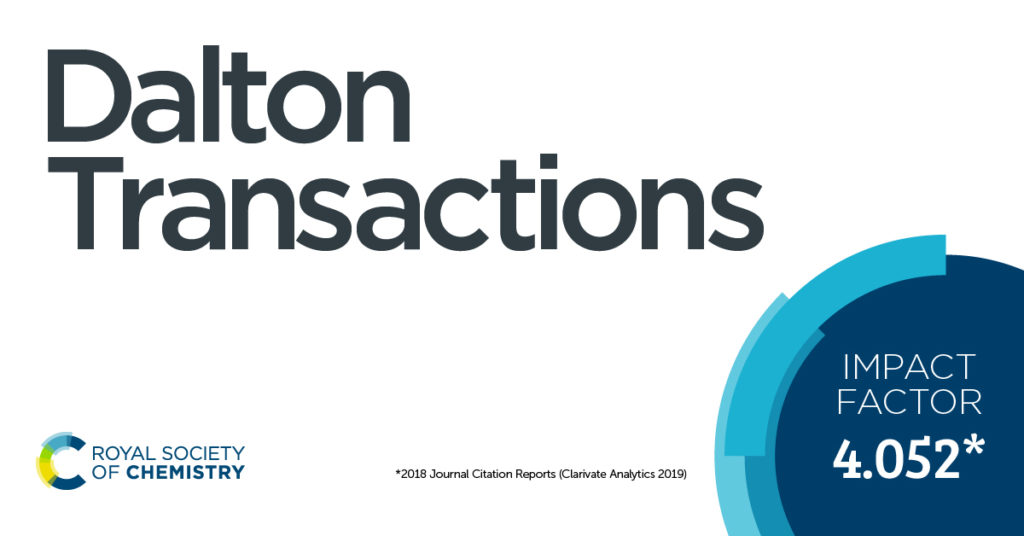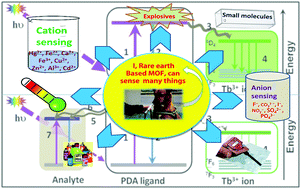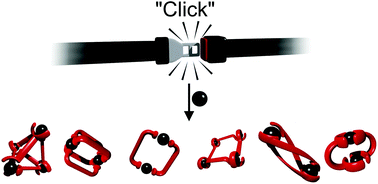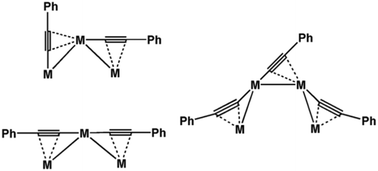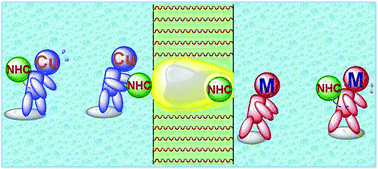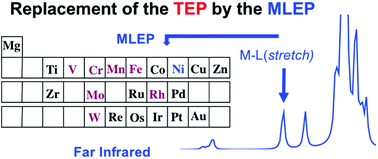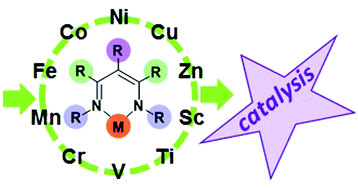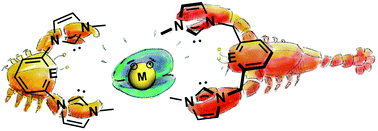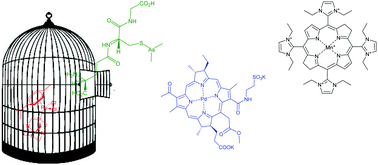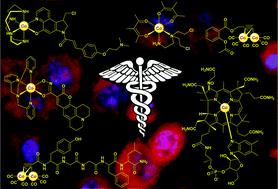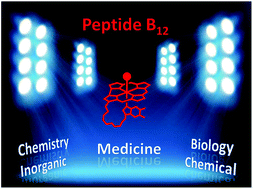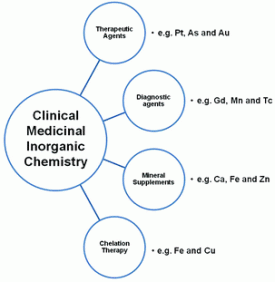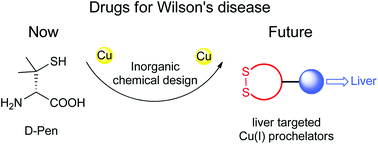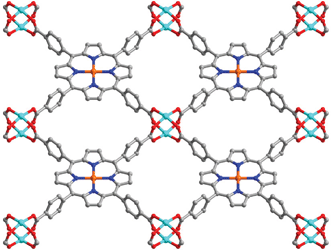We are delighted to share with you the latest Dalton Transactions: Tutorial Review.
Tutorial Reviews are designed to introduce readers to a concept or methodology at the forefront of inorganic chemistry research and should particularly appeal to early career researchers as well as established researchers seeking new fields to explore.
Our Tutorial reviews will include a ‘key learning points’ box, highlighting up to five points that a reader should expect to gain from reading the review.
Our latest Tutorial Review has just been published
Be sure to read our latest Tutorial Review, written by Vinh Q. Dang and Thomas S. Teets from University of Houston, to learn about the best practices for producing reliable and high-quality photophysical data.
 |
A practical guide to measuring and reporting photophysical data (Open Access) Vinh Q. Dang and Thomas S. Teets* Dalton Trans., 2025, 54, 16268-16284 |
| Here are the key learning points in this Tutorial Review: | |
| 1. Thorough analysis of the properties of a photoluminescent compound typically includes the following measurements: UV-vis absorption spectrum, photoluminescence spectrum, photoluminescence quantum yield, and photoluminescence lifetime.
2. There are several sample types that can be used for these measurements, and guidelines for their preparation vary depending on the characteristics of the compound being studied and the types of experiments being conducted. 3. Modern instrumentation makes it simple for researchers to collect photophysical data, but a working knowledge of the experimental parameters and potential sources of error covered in this Tutorial is critical for accurate and reproducible data collection. 4. This Tutorial also covers the basics of properly analyzing and reporting photophysical data, important to ensure that published data is presented in a way that gives other researchers the tools to properly evaluate and contextualize the compound’s properties. 5. Common pitfalls that lead to inaccuracies in the collection and interpretation of photophysical data include sample impurities, exceeding detector limits, overinterpretation of photoluminescence intensity, improper fitting of time-resolved data, and assuming an unreasonably high level of precision when reporting data and comparing metrical parameters. |
 |
A message from the authors…
Please note that Tutorial Reviews are normally invited by the Editorial Board, however suggestions are welcome and enquiries, along with a brief synopsis and authors’ credentials, should be directed to the Editorial Board at dalton-rsc@rsc.org. Readers may nominate themselves, or others, to write a Tutorial Review.
We hope you enjoy reading the first Tutorial Review in Dalton Transactions. Keep an eye out for more in our journal.
















